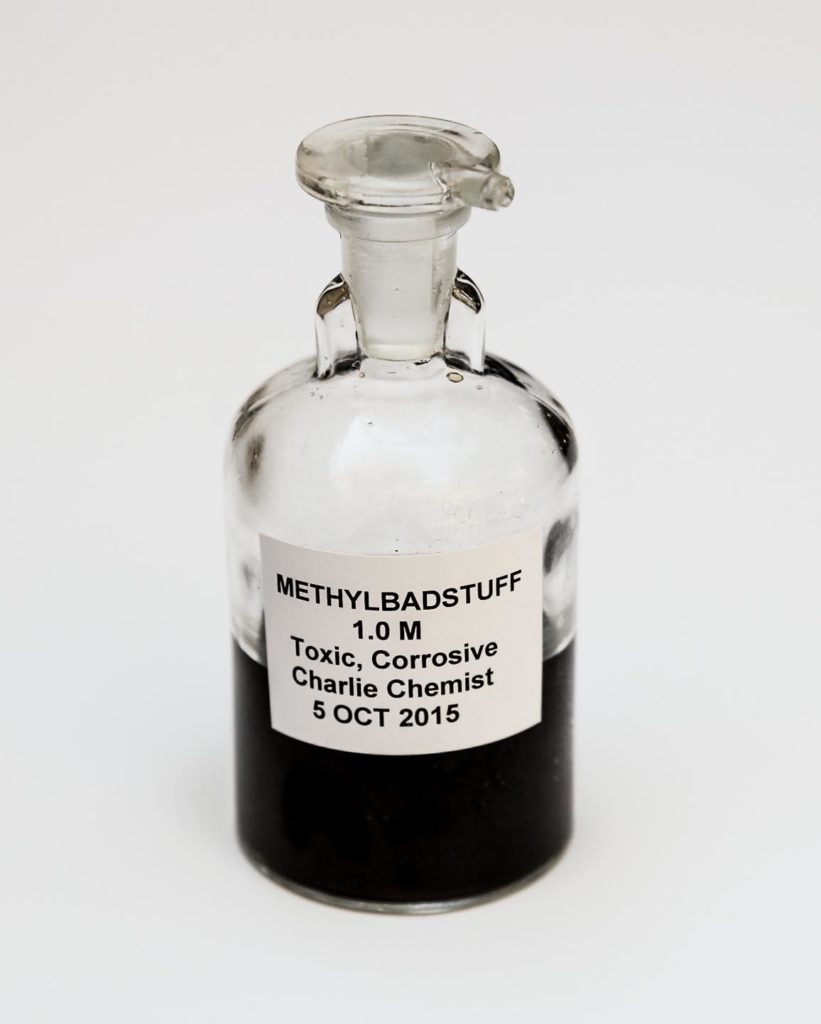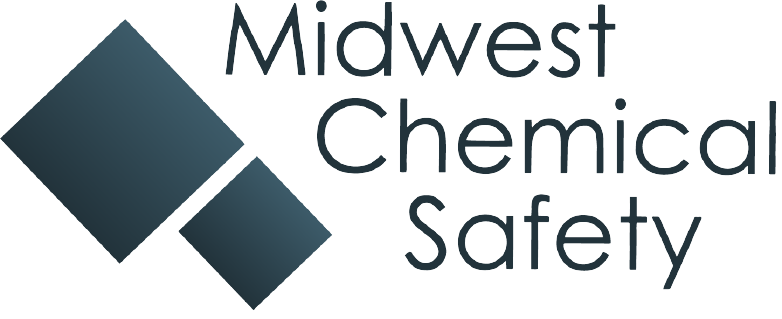I get the question at just about every workshop and just recently got it again a few weeks ago. “Do I have to put GHS-type labels on all of my in-use chemicals – even the 10 mL dropper bottles? So, in the spirit of “It’s better to be reminded than informed” we’ll revisit the subject! The original post is here.
Must I use GHS-type labels on lab-sized bottles? The short answer is, “No,” provided that you are operating under the OSHA’s Laboratory Standard, 29CFR1910.1450.
Two standards for labels?
There are two hazard communication standards in the Subpart Z section of the OSHA General Industry Standards: Hazard Communication (29CFR1910.1200) is a prescriptive standard that mandates the information which must appear on chemical labels and who must supply that information and is applicable to all of general industry, except laboratories as defined by OSHA. The other standard, Occupational Exposure to Chemicals in Laboratories (29CFR1910.1450, also known as the “Laboratory Standard”) is a performance-based standard and exempts laboratories from many of the requirements of Subpart Z with few exceptions. Secondary container labeling is part of those exemptions.

The labeling of secondary containers in laboratories is always problematic, especially when those containers are only a few milliliters in volume. There’s simply not enough “real estate” on the bottle to put a lot of information on it and keep it legible. Thankfully, GHS-type labels are not required to be utilized on secondary containers in laboratories because of the Lab Standard’s preeminence for laboratories. But what should go on a bottle of reagent used in the lab?
Best practices
Best management practices for labeling secondary containers in laboratories are found in Prudent Practices in the Laboratory: Handling and Management of Chemical Hazards by the National Research Council. That work is free online with the National Research Council: https://www.nap.edu/catalog/12654/prudent-practices-in-the-laboratory-handling-and-management-of-chemical. As space allows, secondary containers should be labeled with the chemical name (not a formula only), the owner and appropriate hazard warnings. In-use beakers and flasks should be labeled with enough information to prevent confusion between reagents and should be discarded at the end of the shift. Take a look at Prudent Practices, section 5.D.5 and following for a more complete discussion. I like to include concentration information as well. One goal of any chemical management practice is to prevent overexposure to hazards. Keeping reagents labeled in the laboratory will help prevent unnecessary exposure and, as a bonus, help when it comes time for disposal. Don’t create a hazardous situation for your disposal people by leaving unlabeled reagents around the lab!
Want to take your EHS Team to “Best in Class” but don’t quite know where to start? Call Midwest Chemical Safety, LLC, 217-971-6047 or contact me by email at harry@midwestchemsafety.com See the original LinkedIn Post Here.

